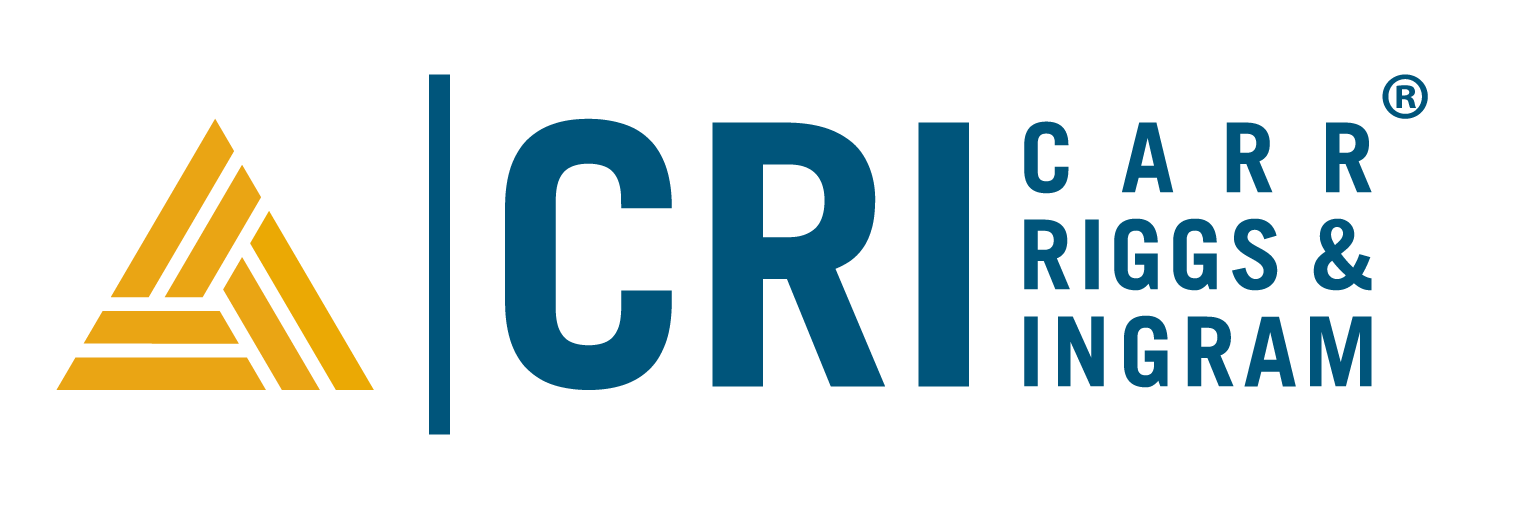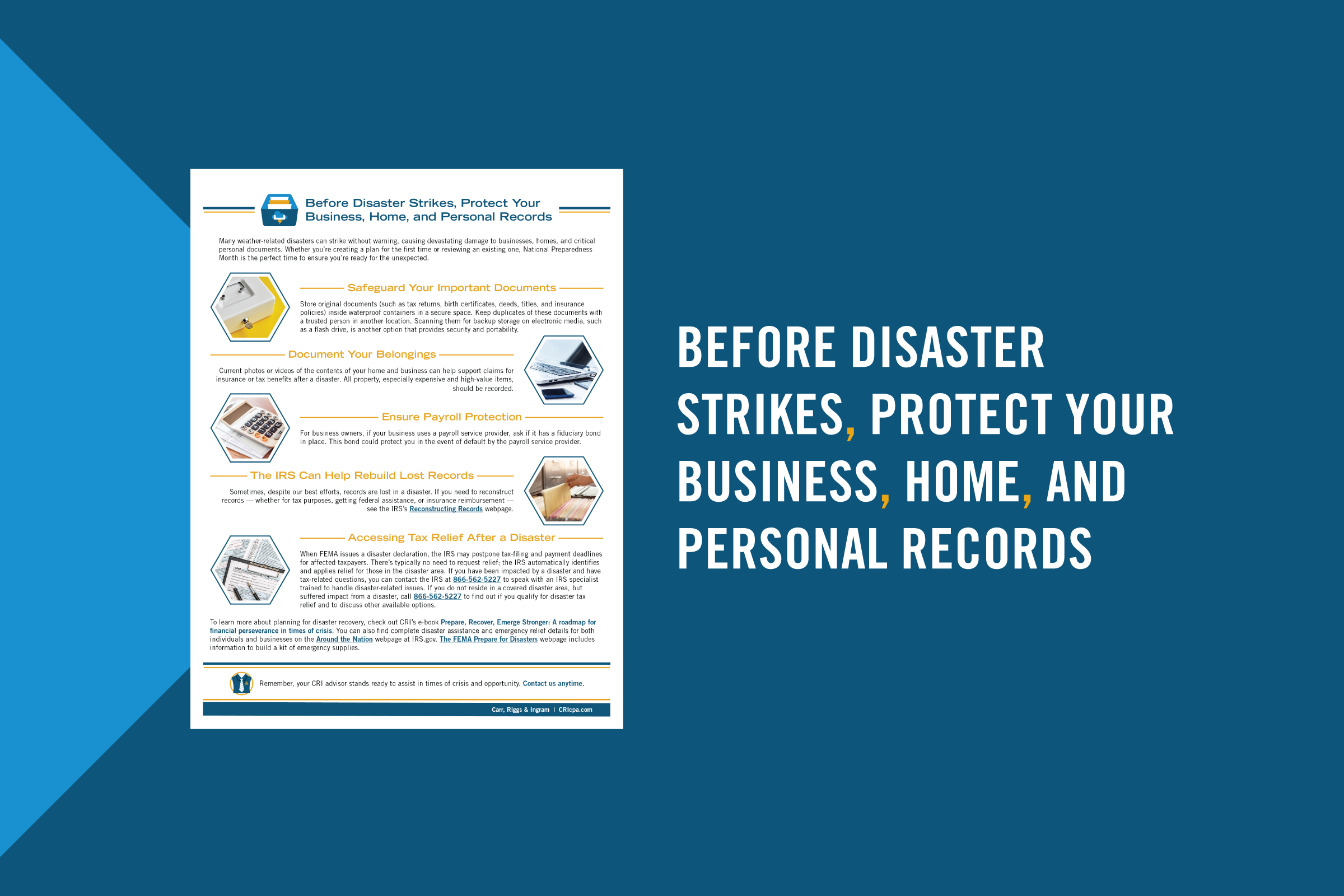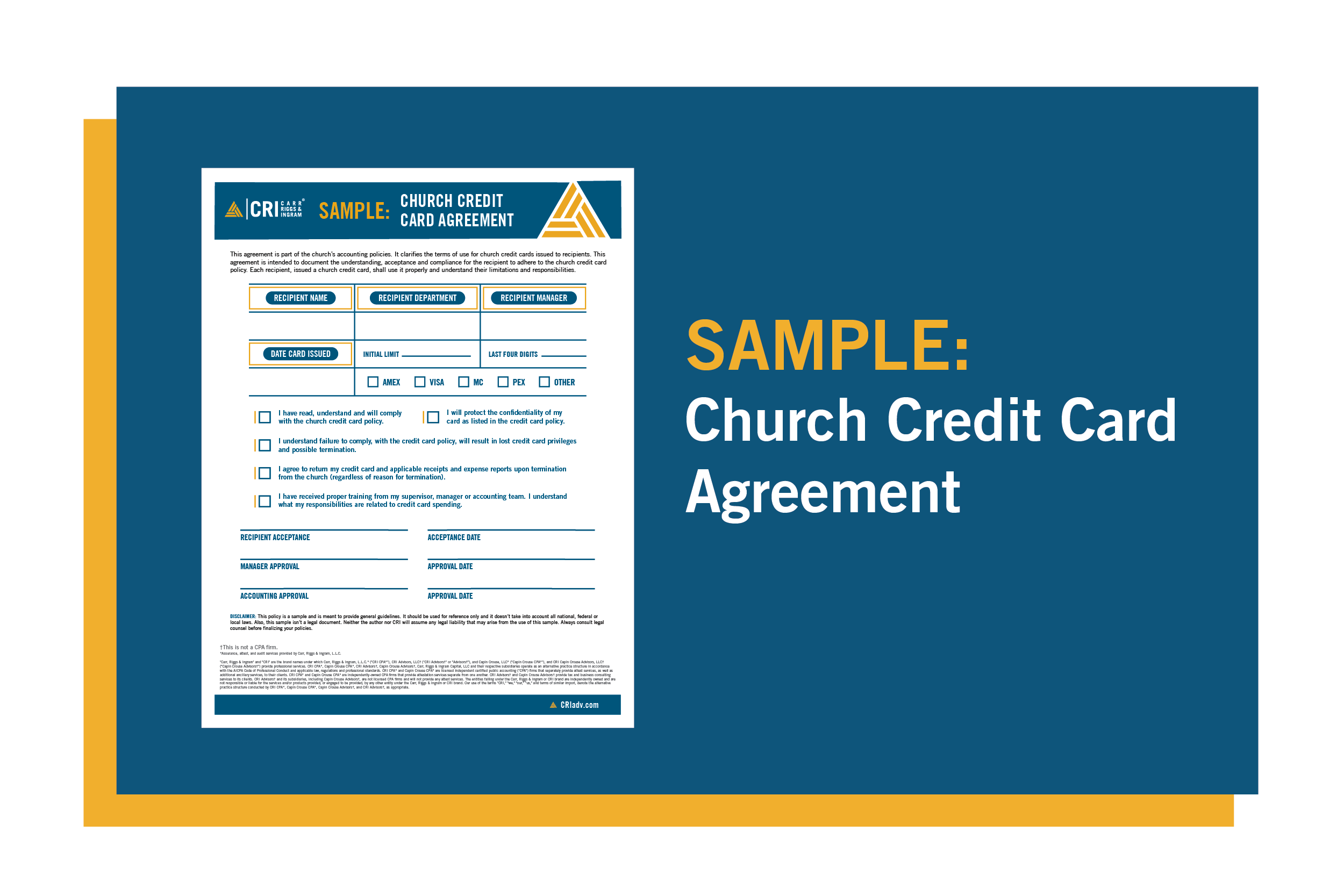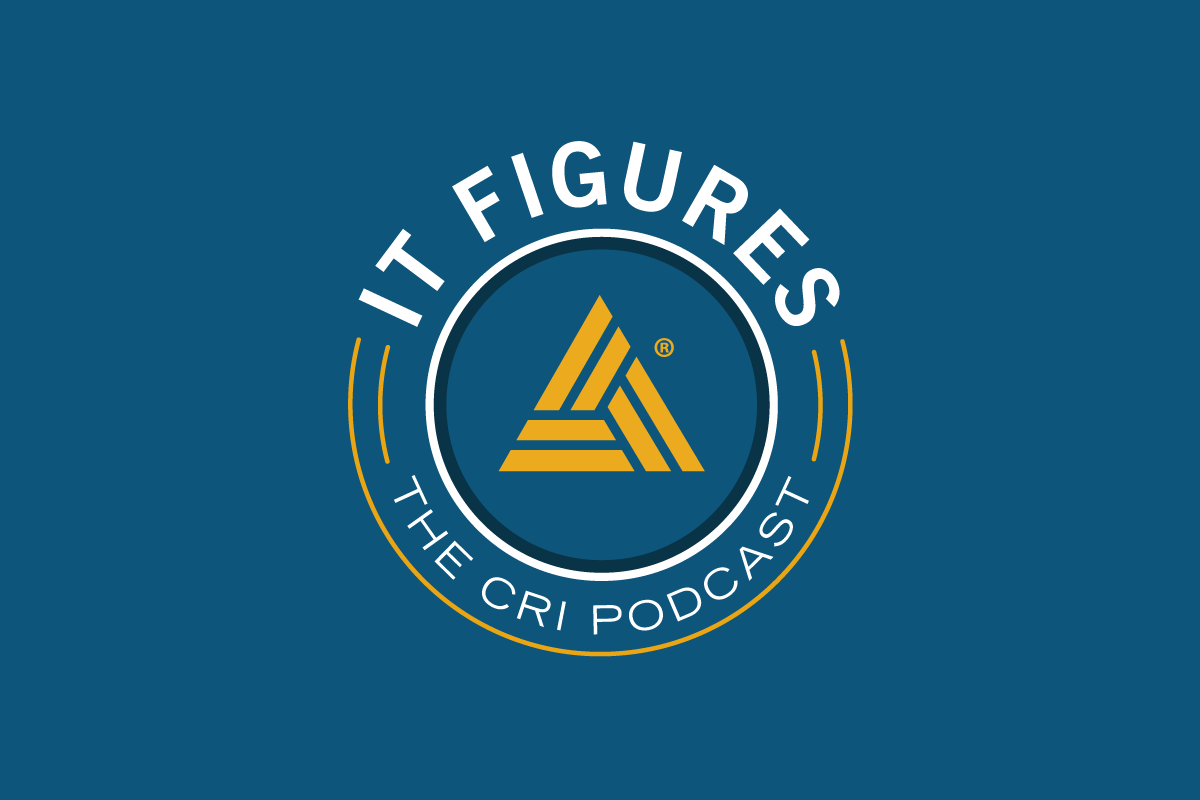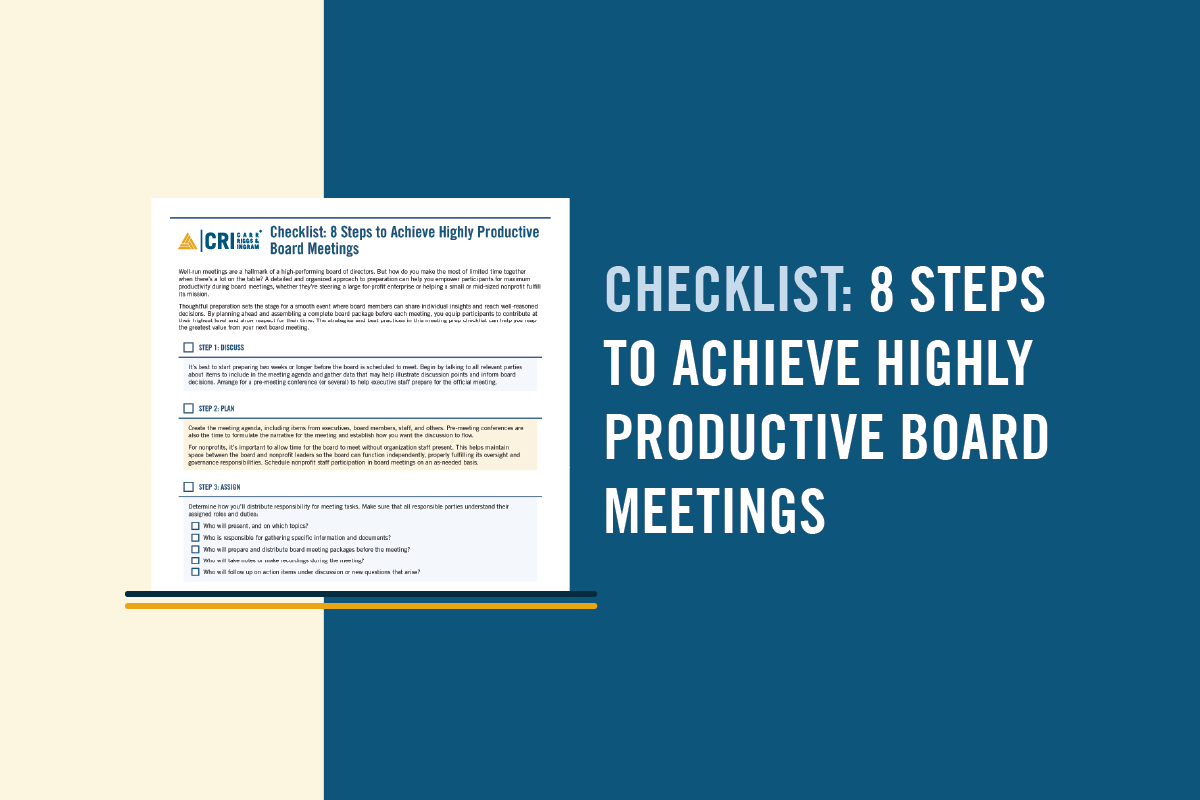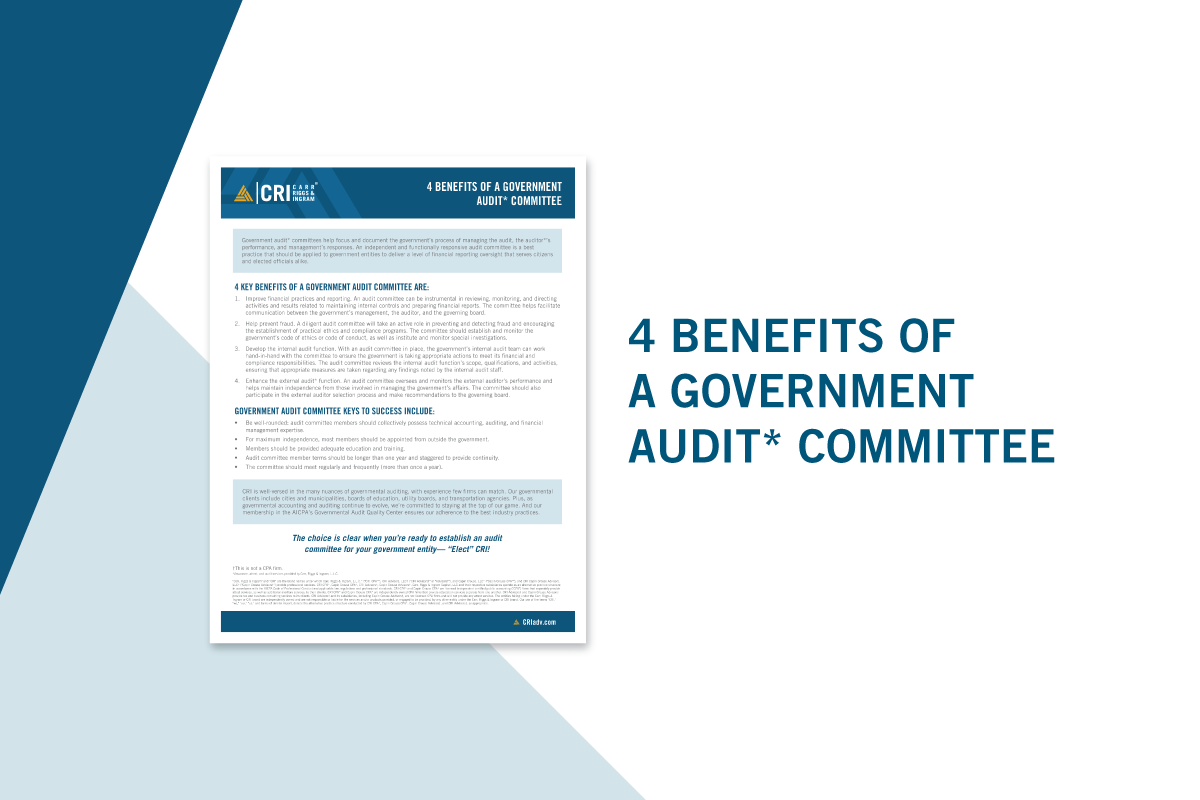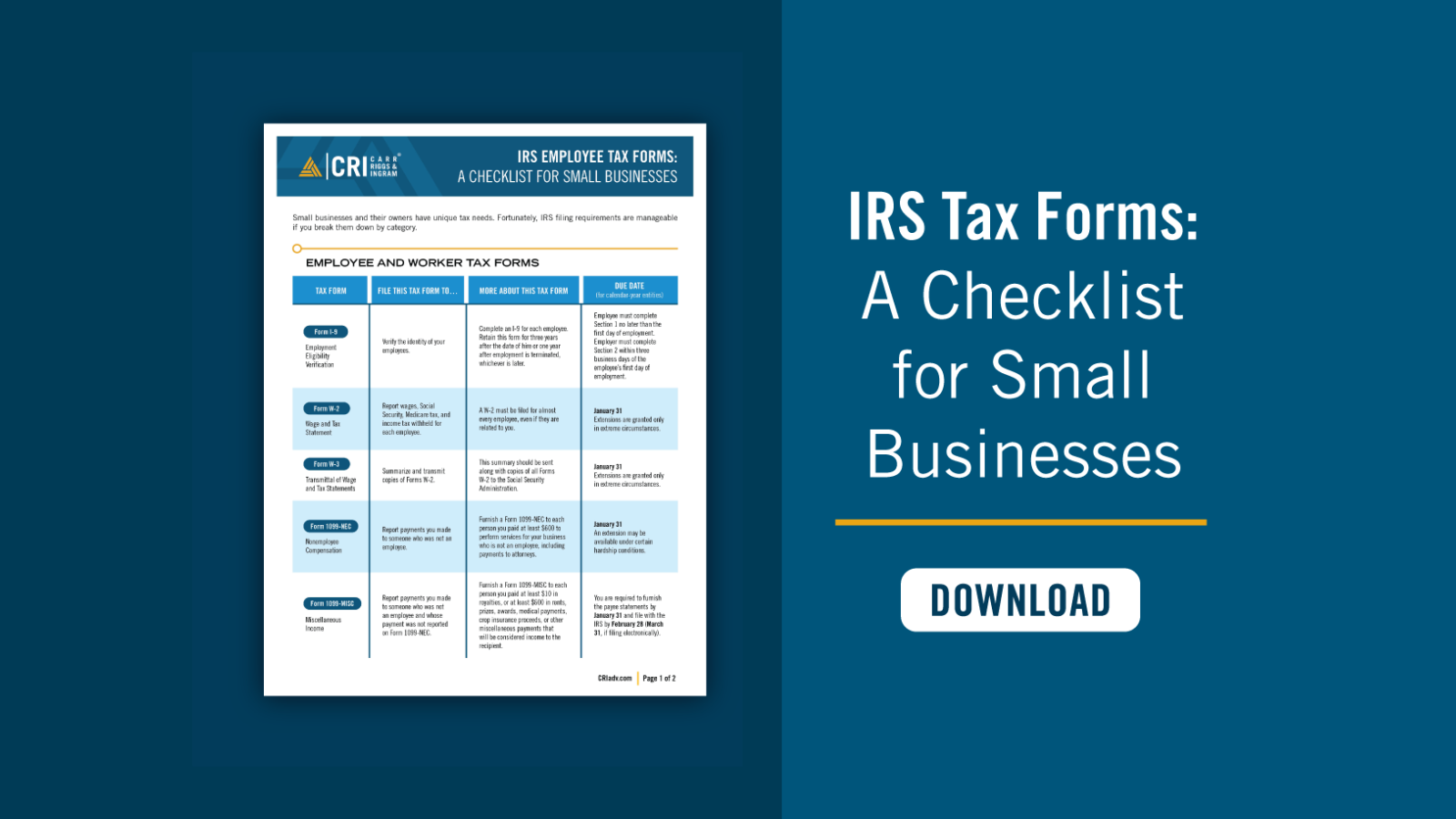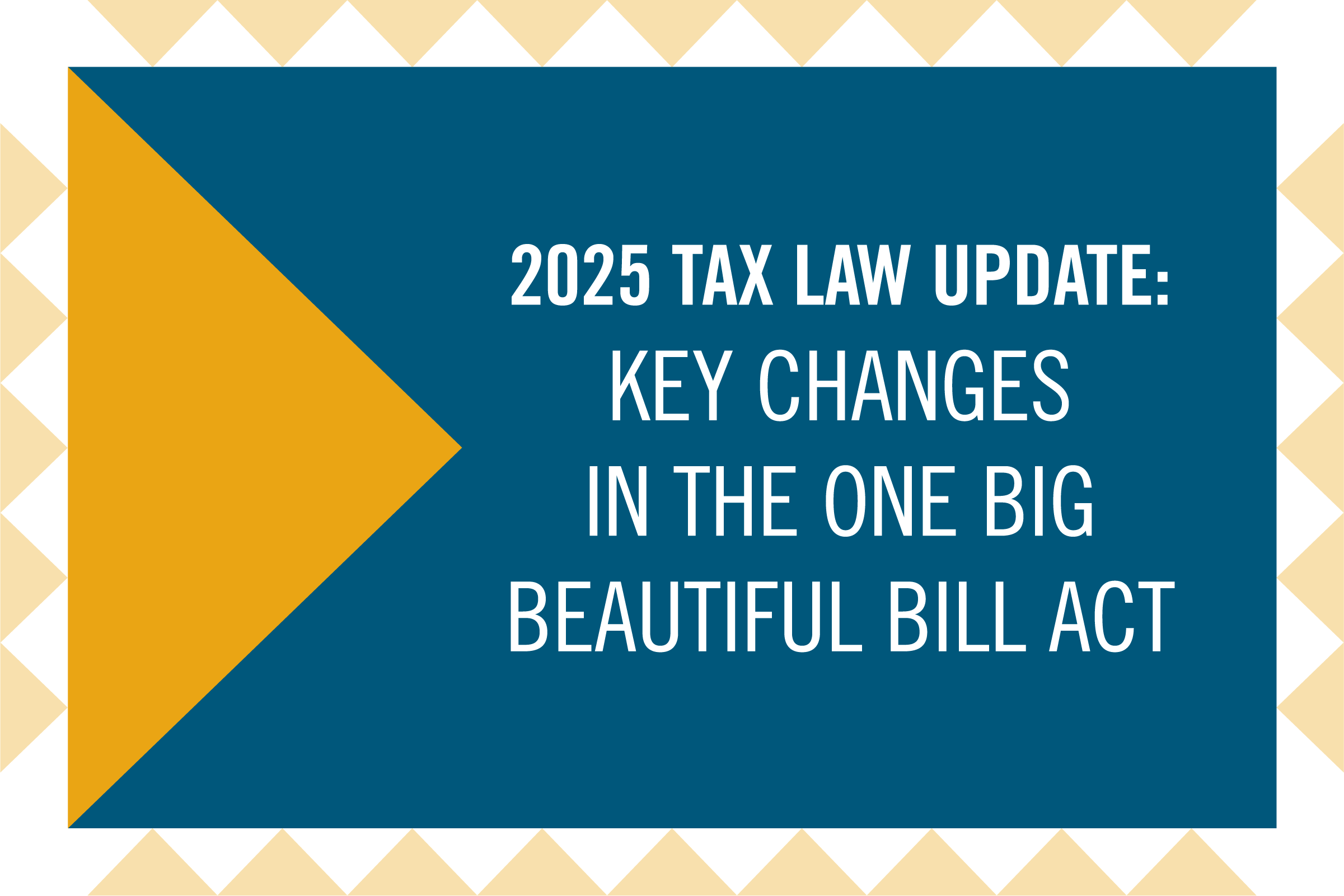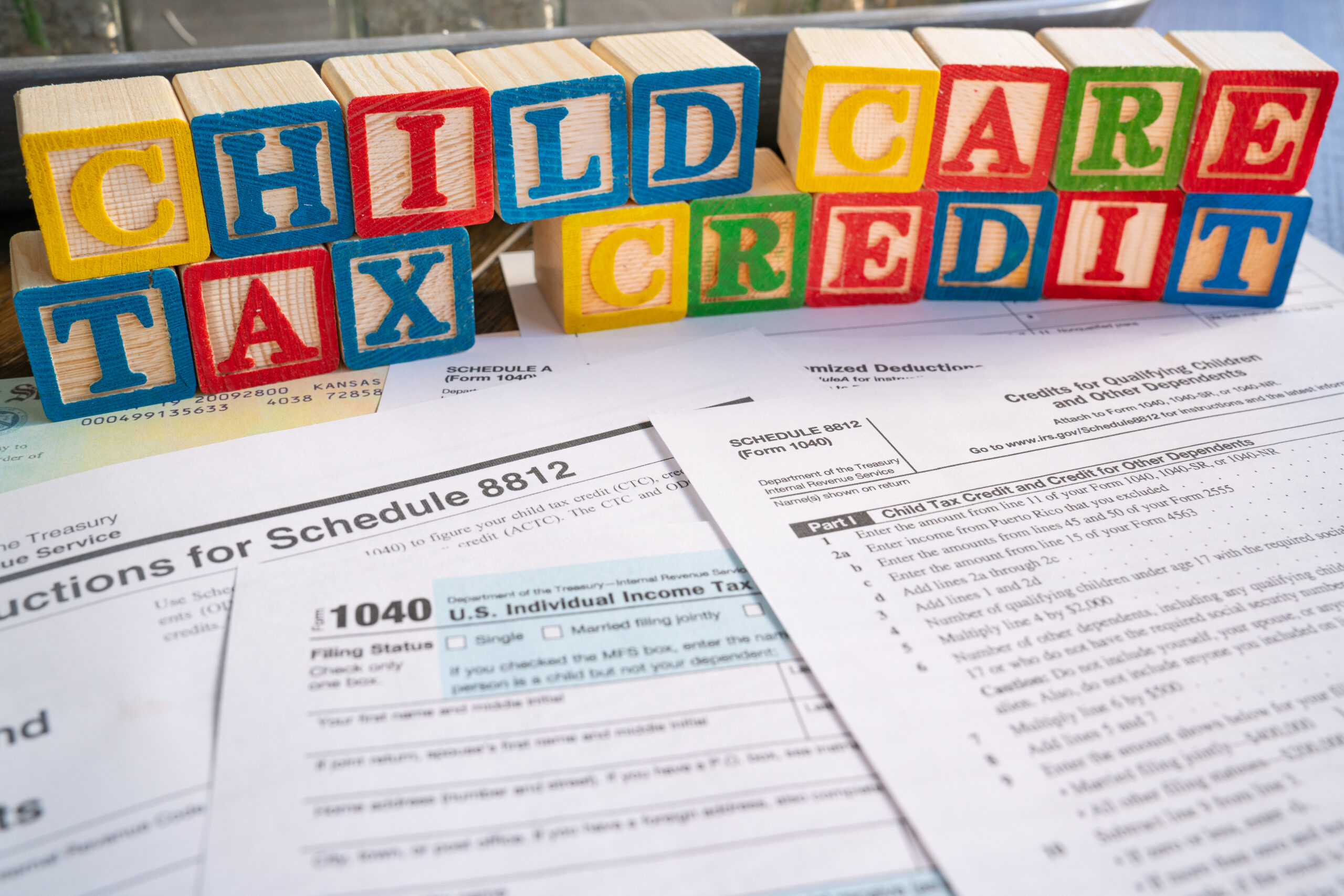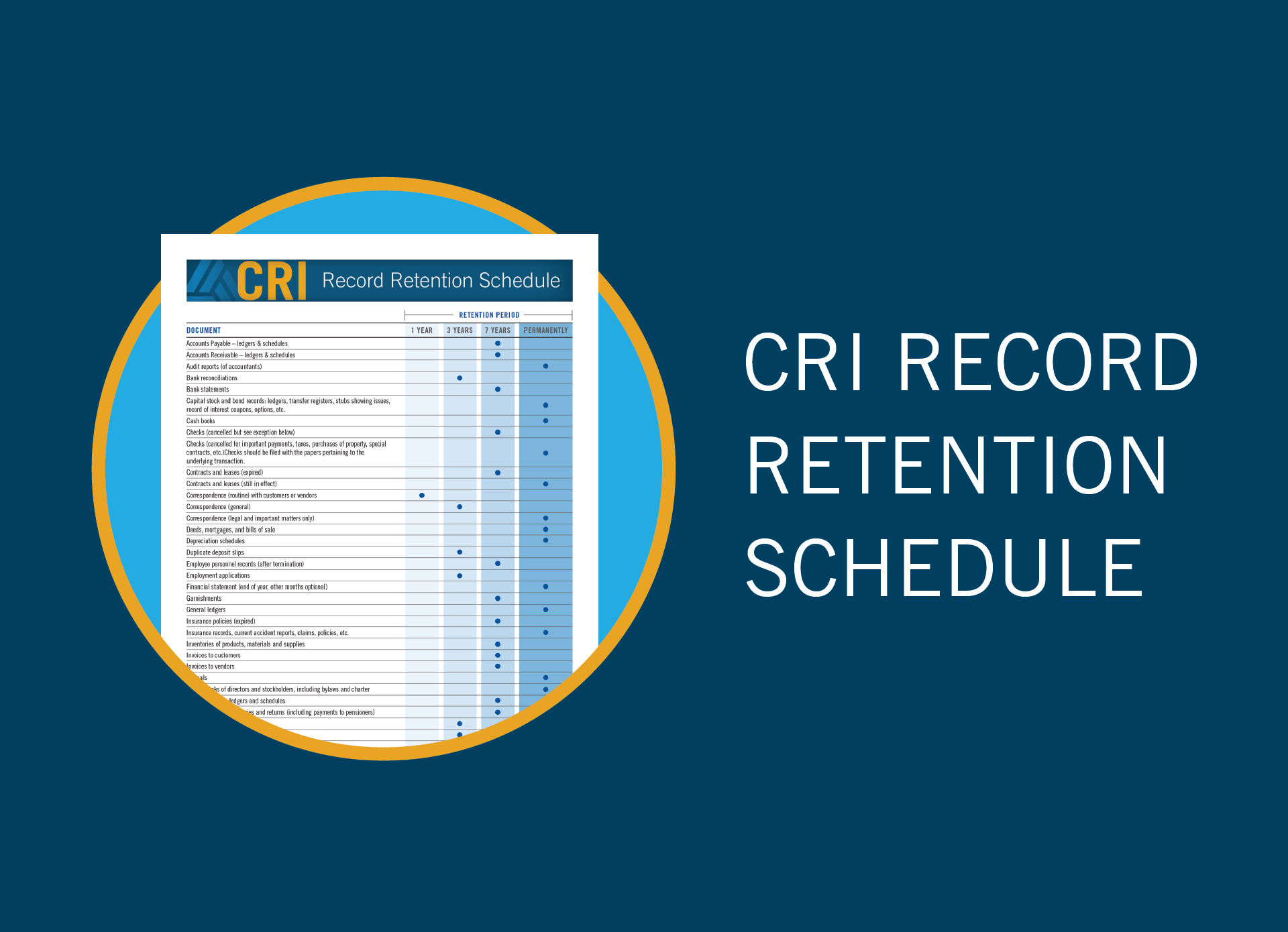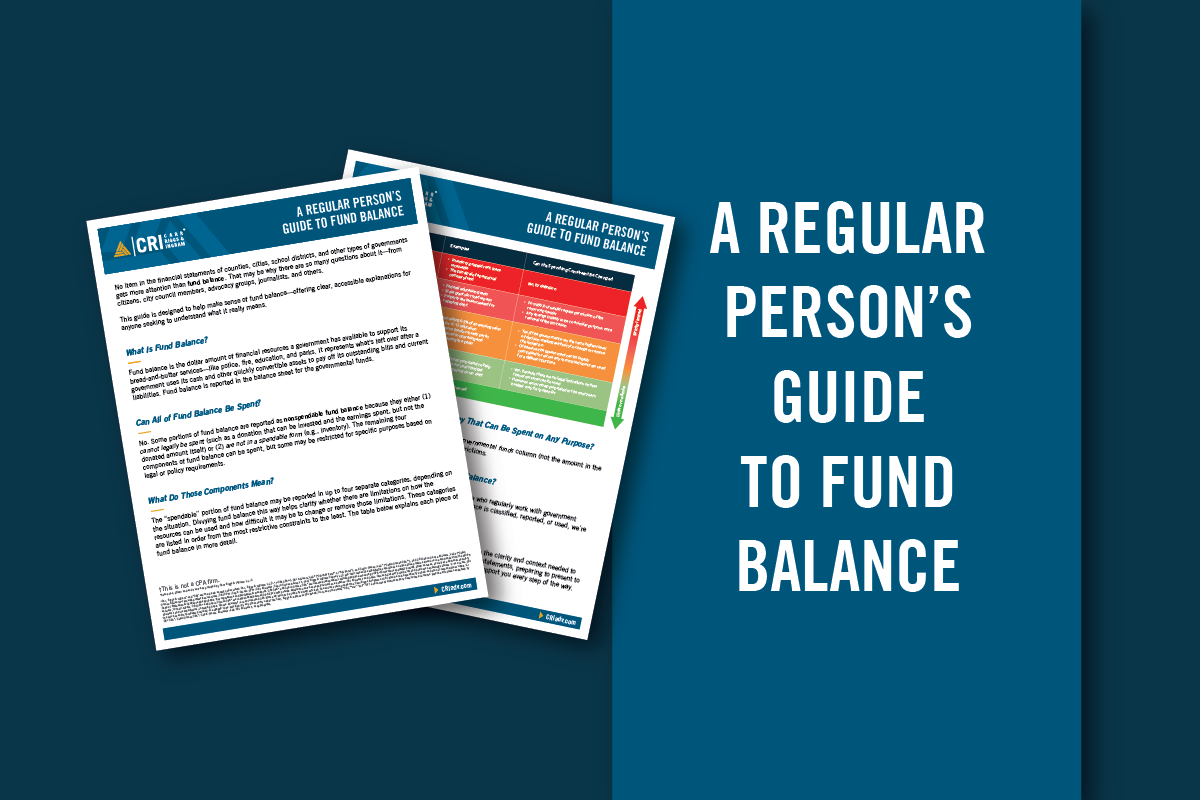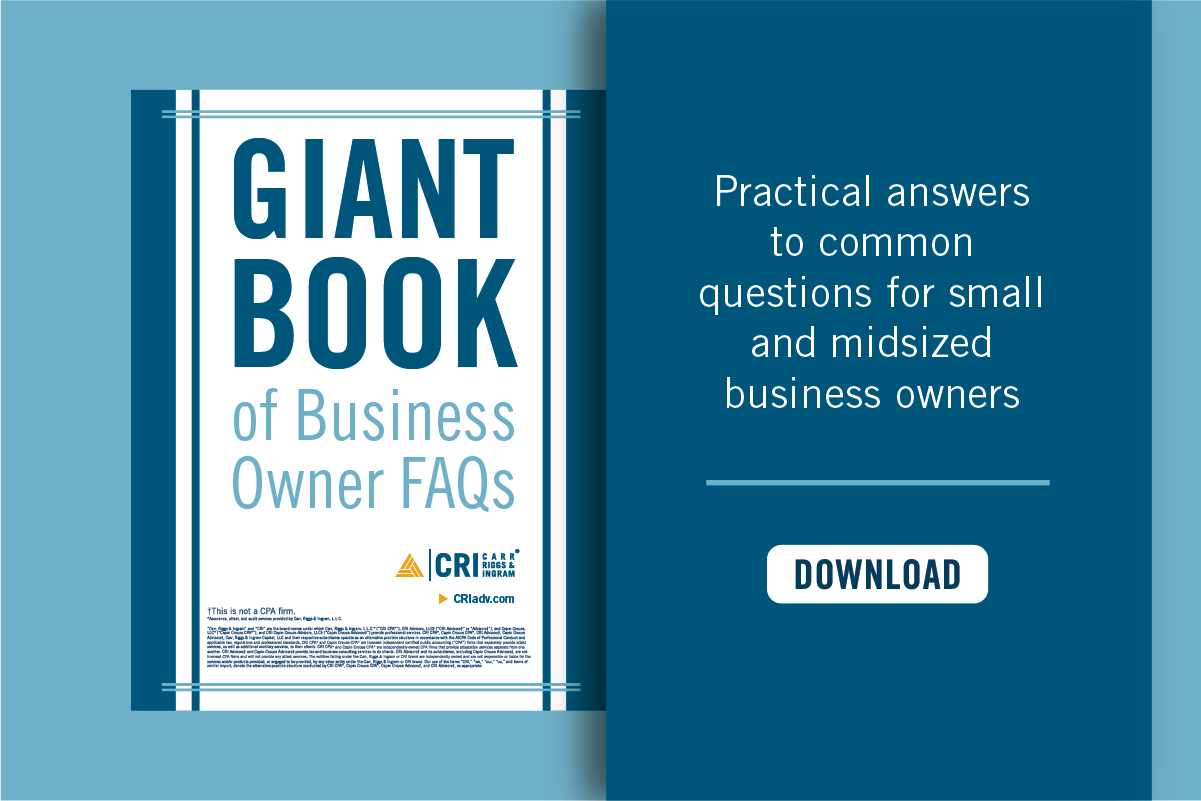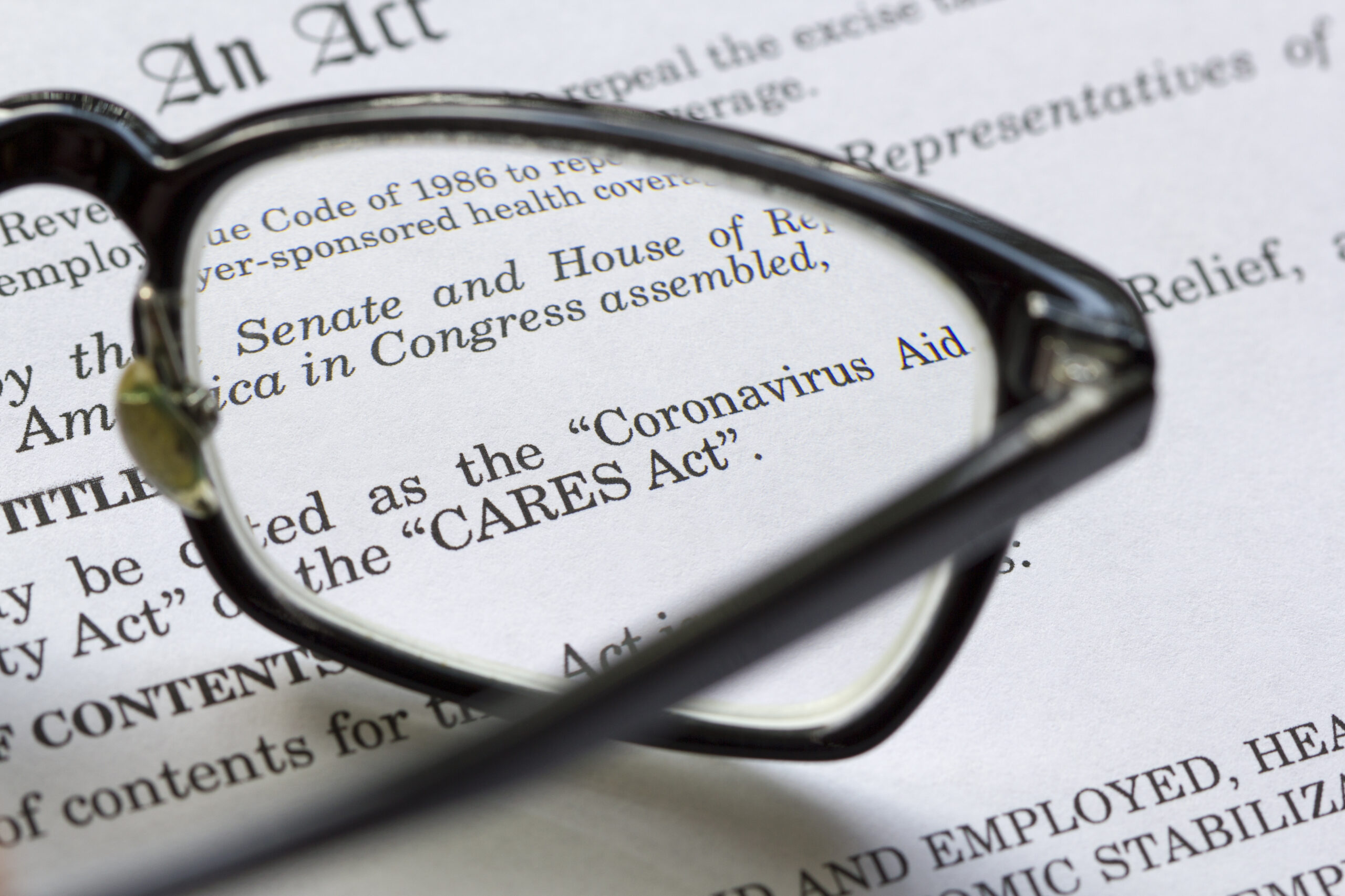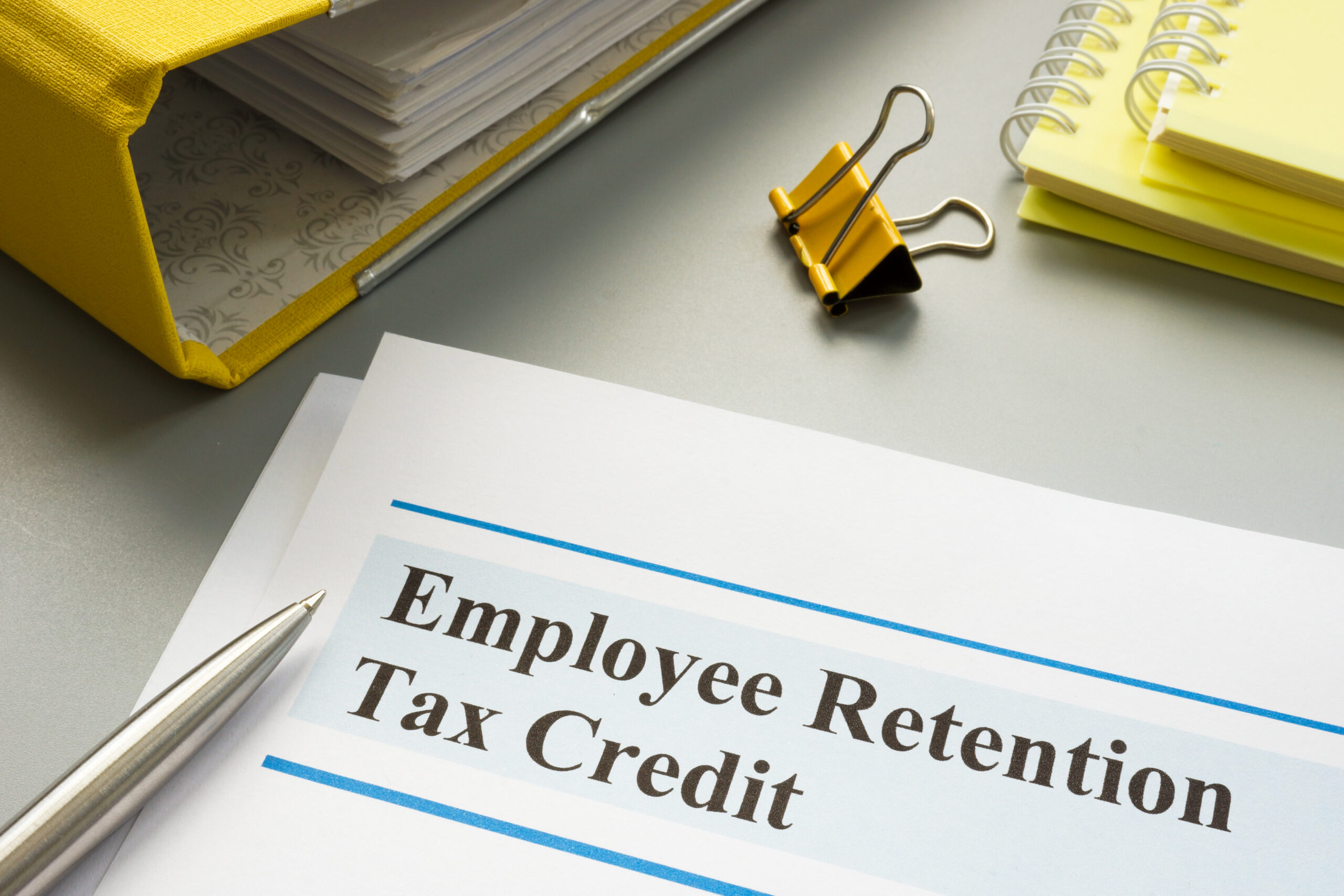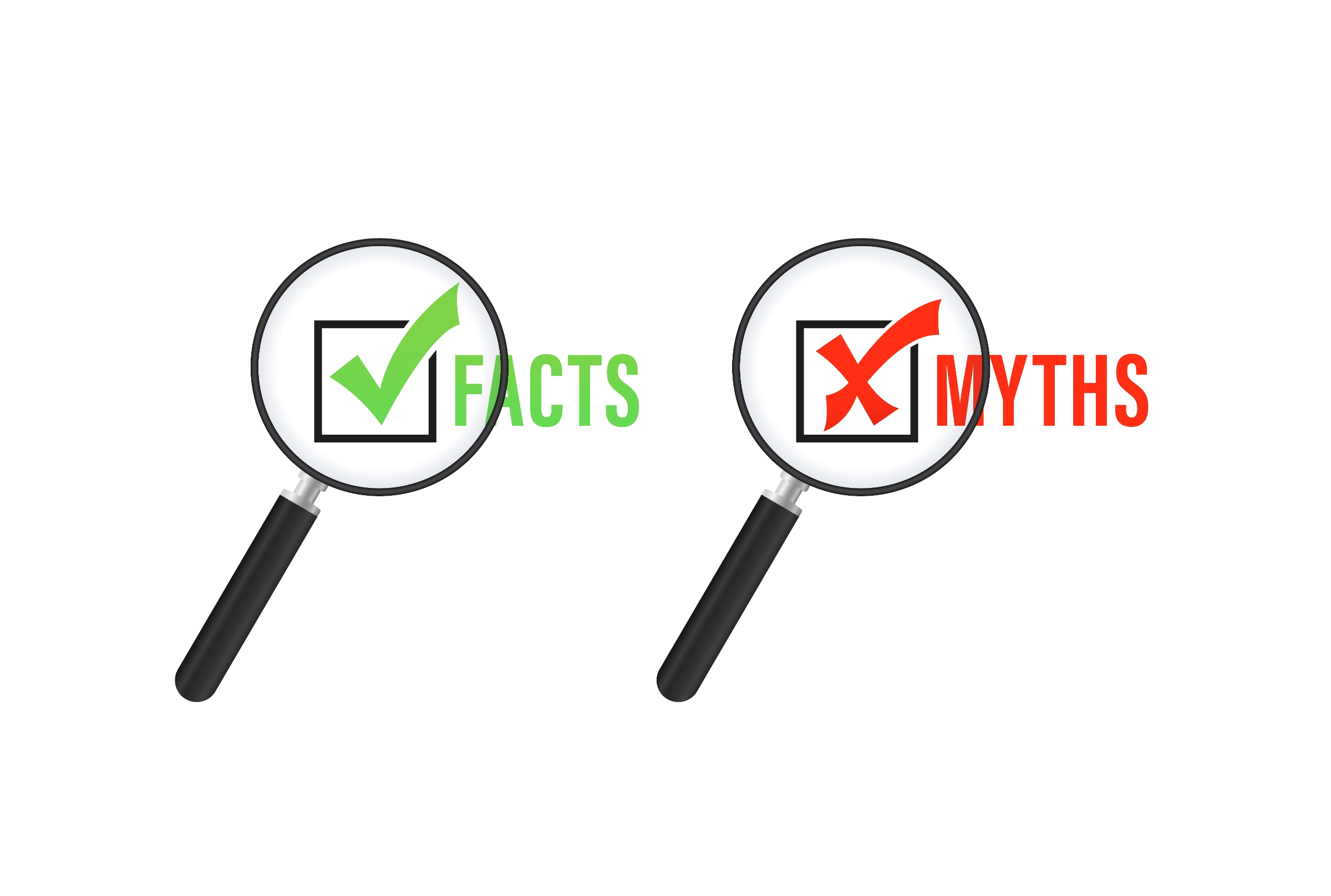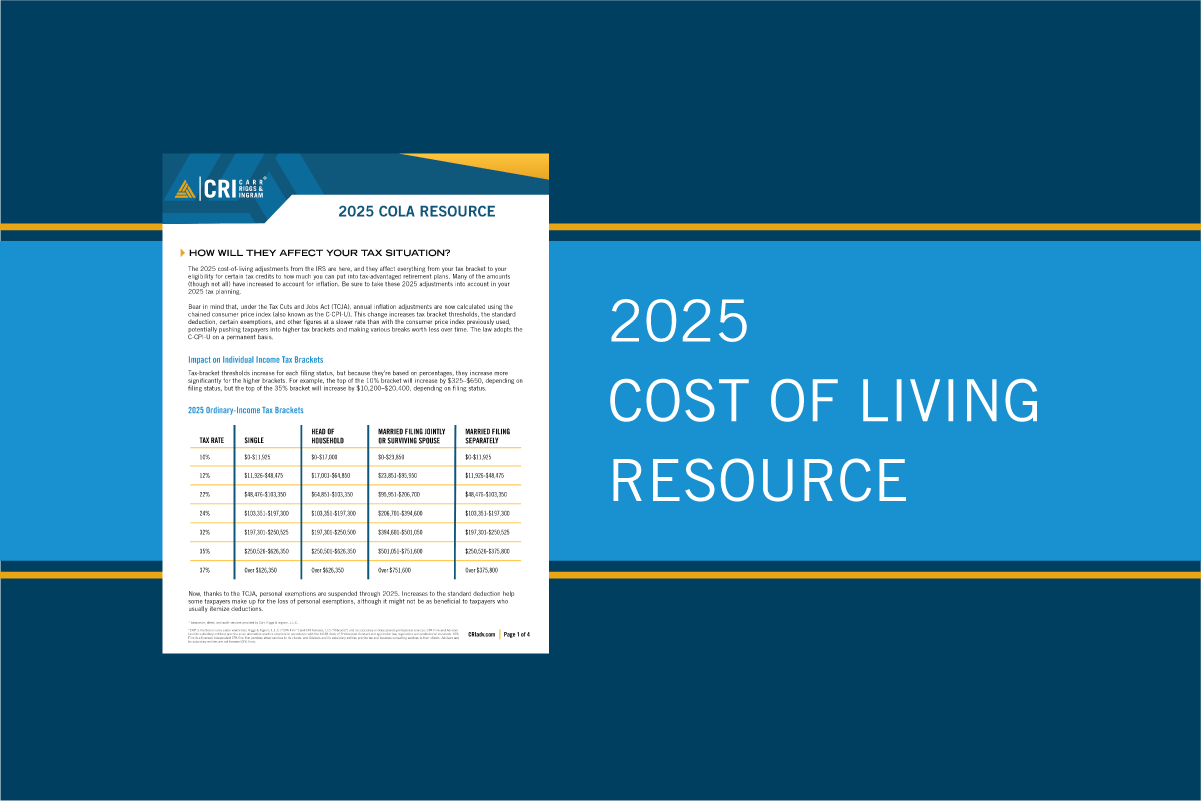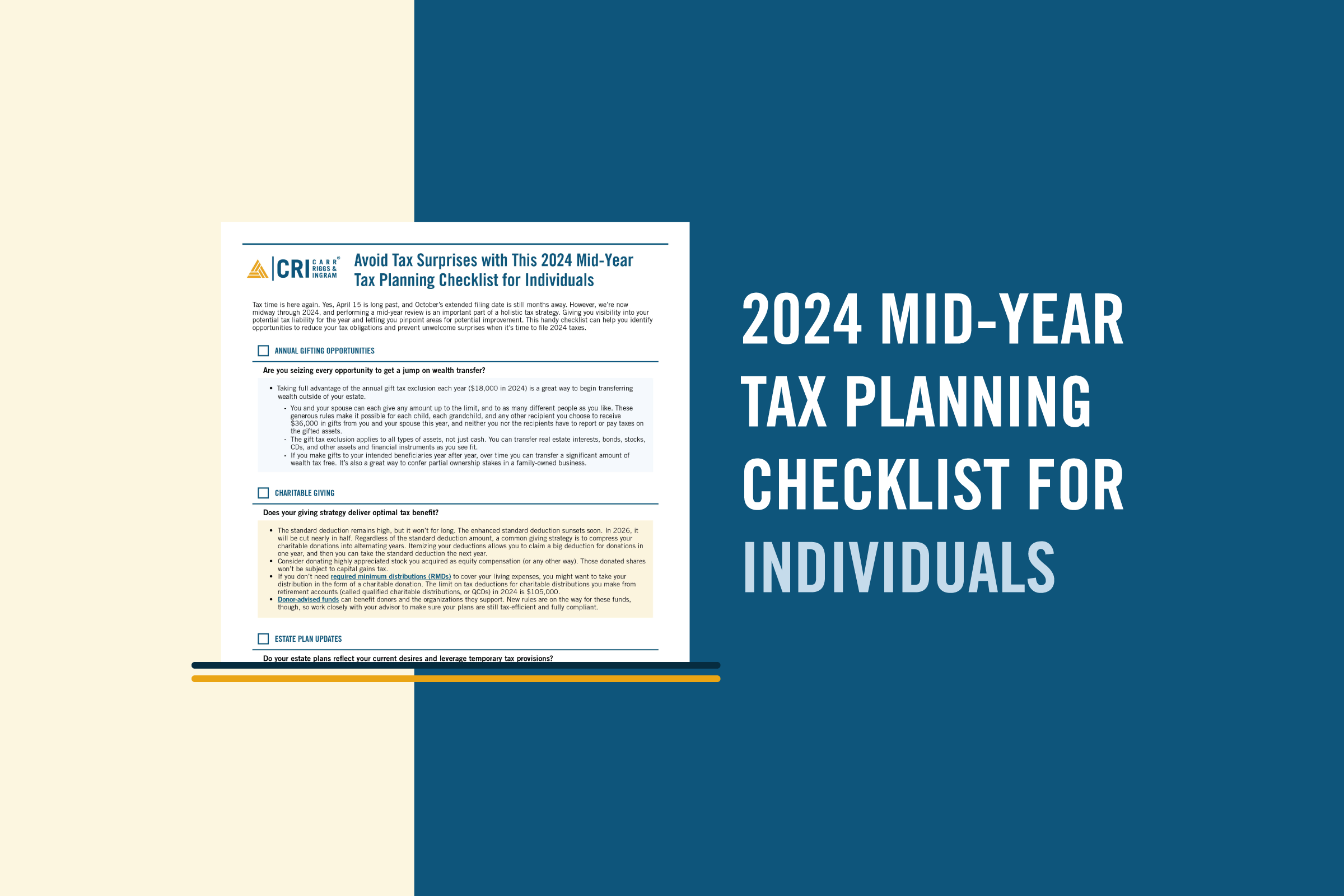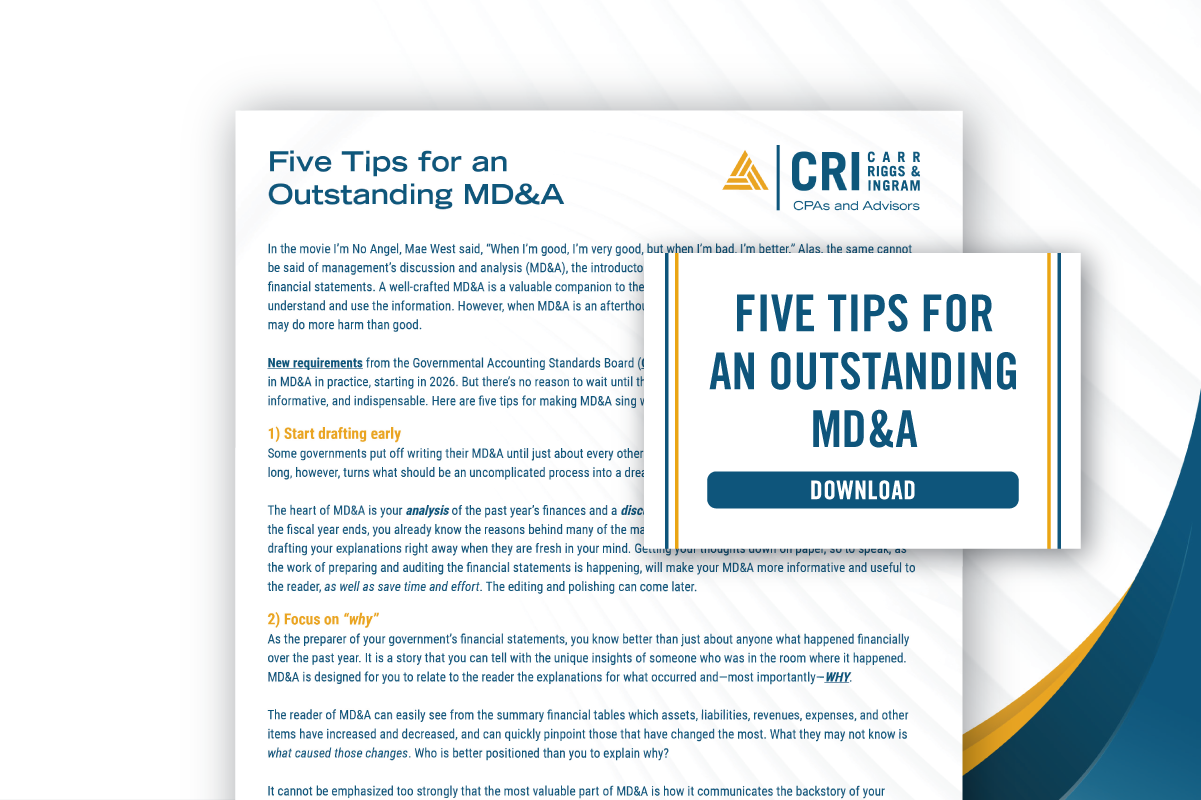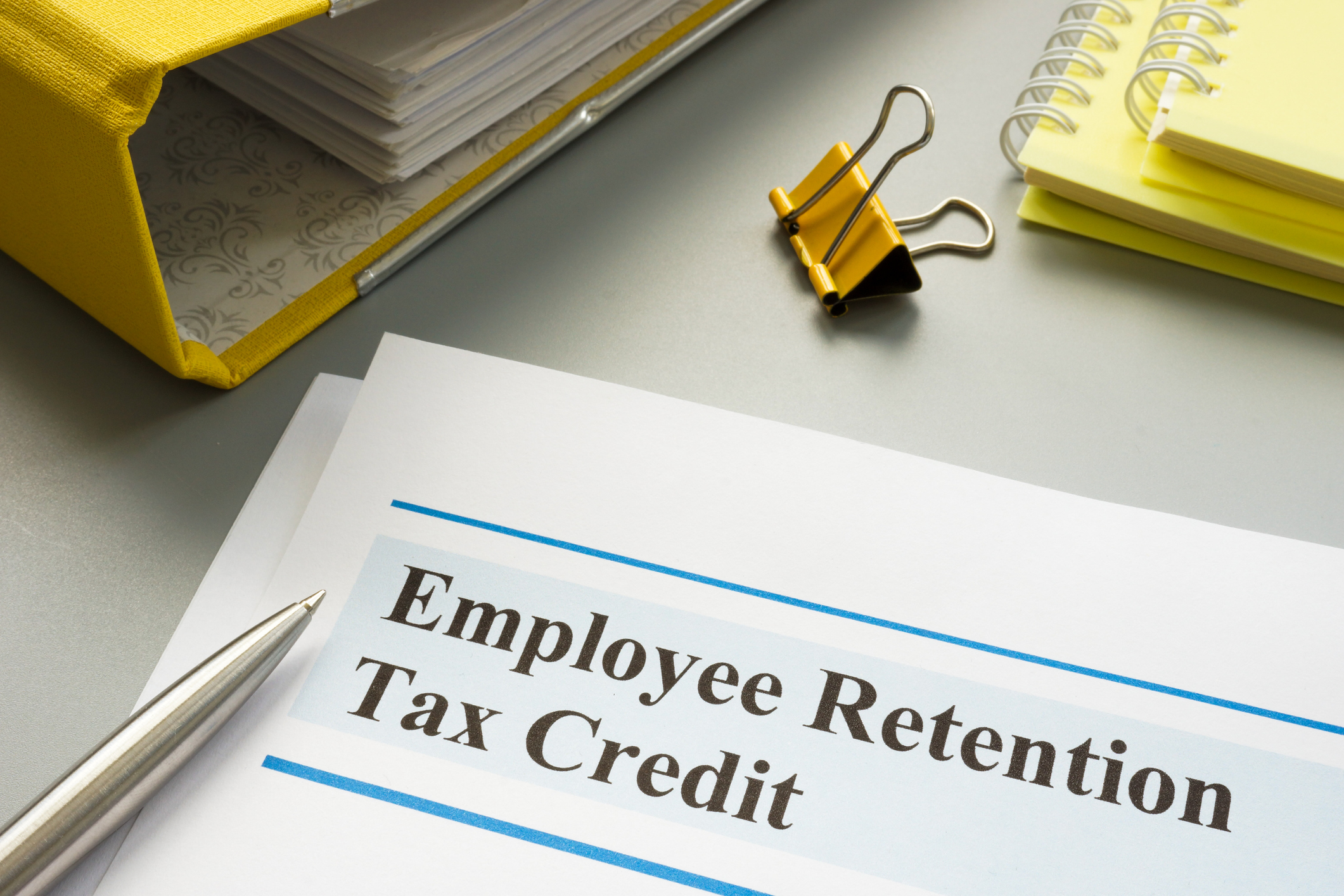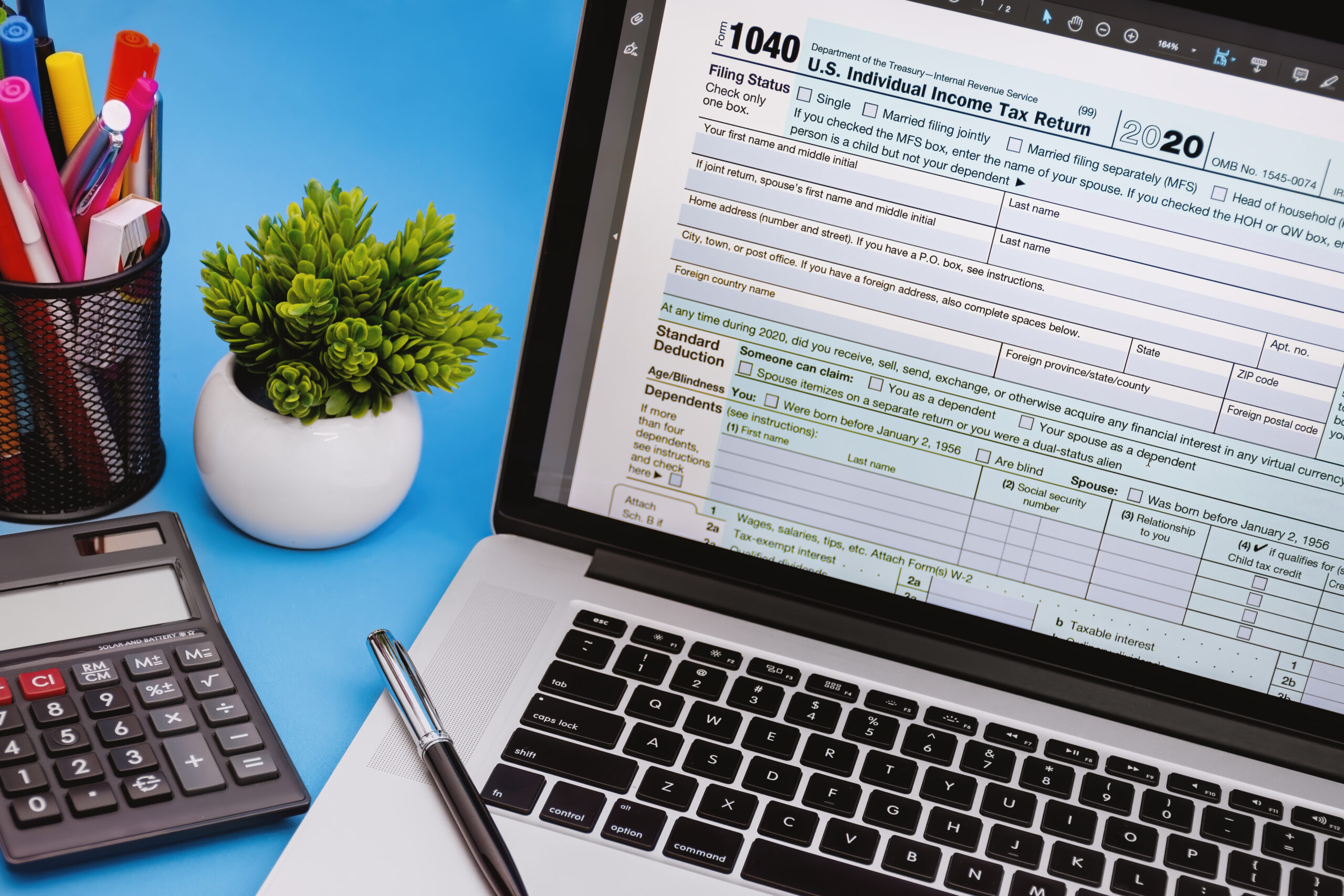Nonprofit Board Review of Form 990
Mar 4, 2022
While it is true that the annual Form 990 each nonprofit organization must file with the IRS is filled with numbers, it also contains much more. The Form 990 provides insight into the organization and how it functions and—unlike tax reports of other entities—is a document that must be made available to the general public. The 990 includes a question as to whether the tax return was provided to the Board prior to filing and requires a description of “the process, if any, used by the organization to review this Form 990.” The IRS is concerned about the Board’s awareness and approval of the information in the tax return – the View From the Top of the nonprofit organization.
Why is this review by the Board important to take seriously? The answer encompasses several reasons.
- In many instances, Form 990 is the only financial information about the organization that a donor or potential donor will ever see. So it is important that the tax return reports the activities of the nonprofit accurately and completely. It is also an opportunity for nonprofits to present their mission and accomplishments to the public.
- The IRS has studied the tax filings of nonprofit organizations and concluded that those nonprofits with a Board review process are more likely to be in compliance with the tax laws and regulations.
- The Board’s involvement in the process helps to ensure transparency and accountability of top management officials while also encouraging proper stewardship of resources.
The important views of Form 990 can be placed into three categories.
1. Governance
Form 990 requires a description of the organization’s mission, which is critical information for donors. It also requires responses to questions about the governing body and management policies. These policies include:
- Gift acceptance,
- Whistleblower,
- Document retention and destruction,
- Conflicts of interest, and
- Joint ventures with taxable entities.
The absence of such policies does not immediately jeopardize the organization’s tax-exempt status. However, it is clearly in the Board’s best interest to adopt policies that cover these areas since they promote transparency and accountability to its donors.
There are other items related to the Board’s involvement with the organization’s operations that are reported in Form 990 that should be considered during the review of the report. For example, there are questions as to how governing decisions are made and whether meetings of the governing body are documented in writing. Changes to the governing documents are also disclosed in Form 990, providing an opportunity for the Board to determine that any such revisions are properly reported. In addition, there is a disclosure for listing states with which a copy of Form 990 should be filed. The Board should ensure that if the organization conducts activities in multiple states, the organization is registered in those states and satisfies filing requirements.
2. Tax Compliance
Certain questions in Form 990 are related to the nonprofit organization’s compliance with tax laws and regulations. Some of those items are related to:
- Proper classification of workers as employees or independent contractors,
- Filing of employment tax returns and timely deposits of payroll taxes,
- Proper receipts furnished to donors for contributions received by the organization, and
- Filing of tax returns for unrelated business income, if required.Of course, every nonprofit should be able to attest to properly handling its transactions in accordance with the tax laws. Board members can also be held responsible for failures in this area, making a review of tax compliance a critical part of the Board’s duties.
3. Financial Management
Although Form 990 is a required tax return, it also contains information that shows how the nonprofit is managed and how well it is accomplishing its tax-exempt purpose. This data can either directly or indirectly guide the reader in forming conclusions about the organization’s financial management, so the Board should pay particular attention to information such as:
- The relationship of program service, administrative, and fundraising expenses compared to total expenses and organizational revenue.
- Whether the organization hires independent auditors to audit* its financial statements each year.
- Is the organization operating as a public charity or as a private foundation? Board members must be aware of and understand the IRS public support test. If the organization fails the public support test, the organization may be classified as a private foundation with potential tax consequences.
- The description of the process used in determining the compensation of top organization officials and the reasonableness of those salaries. Donors may perceive the organization as being too extravagant and financially abusive. Donors expect strict accountability for expense reimbursements to prevent abuse.
How Does Your Nonprofit's Form 990 Look?
A Board’s review of Form 990 for a nonprofit organization has long been a best practice for sound management and fulfilling their fiduciary responsibilities. With the requirement to report that process directly on the tax form, the review has stepped to the forefront of the Board’s fiduciary duties. More than just properly answering a question on a checklist, the Board’s view of the nonprofit’s operations reported in Form 990 provides insight into how well the organization’s mission is being accomplished. And ultimately, that is one of the Board’s most important responsibilities.
It’s not always lonely at the top.
CRI’s not-for-profits team can help your organization establish strong governance and financial management policies that will provide proper insight for Form 990. With an advisor like CRI, it’s not lonely at the top.
